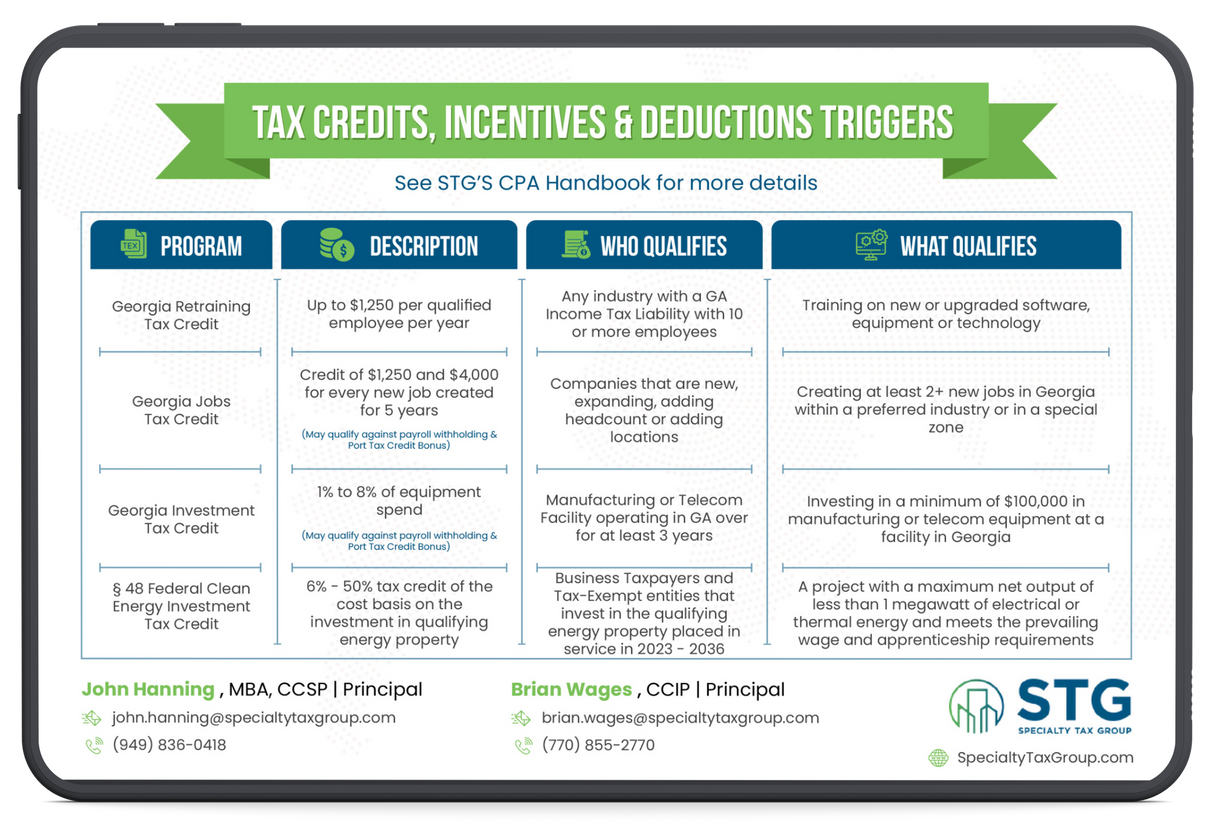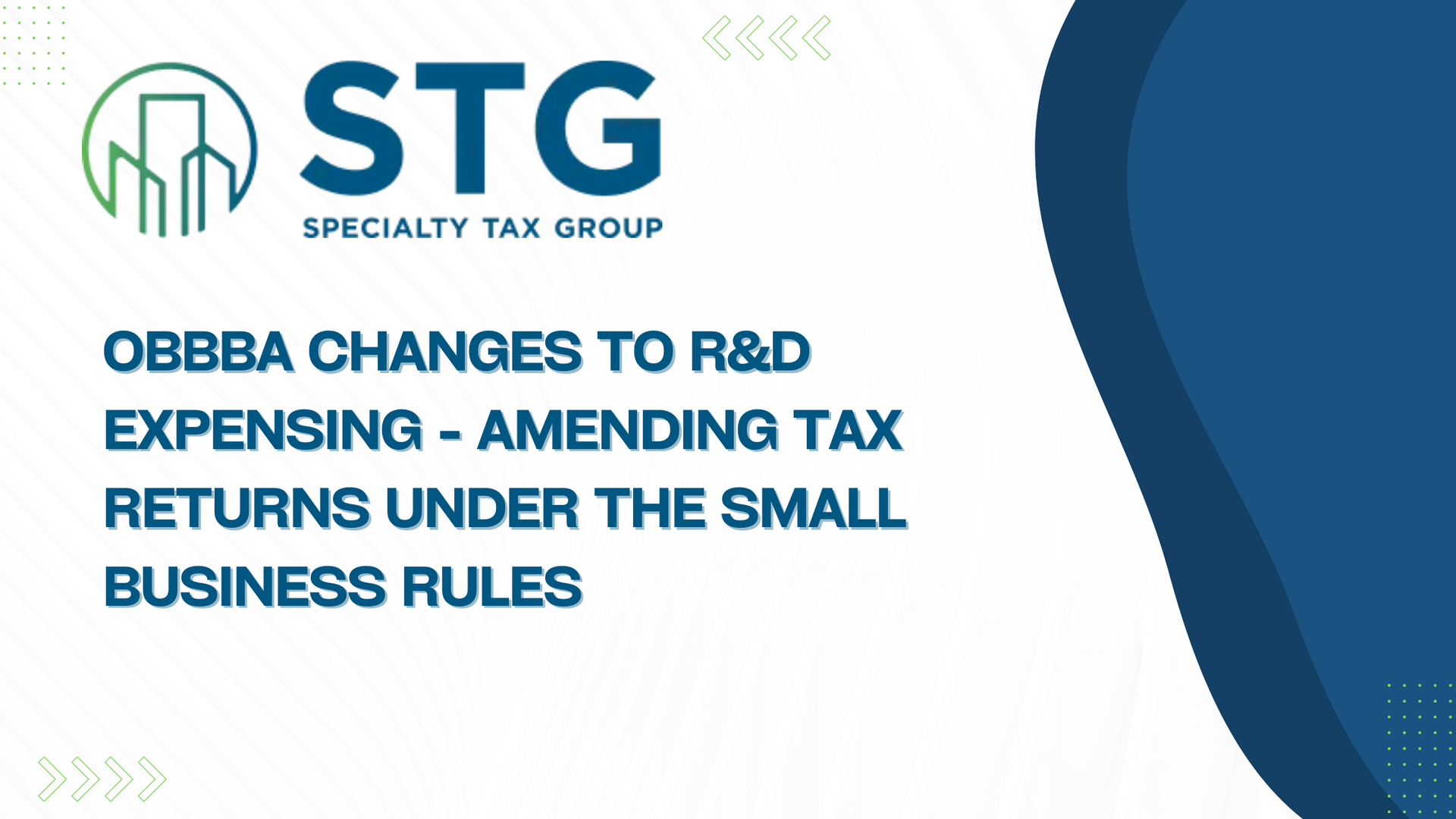This blog post has been researched, edited, and approved by John Hanning and Brian Wages. Join our newsletter below.

Implications and Future Outlook
Before delving deeper into the intricacies of the Clean Energy Investment Tax Credit, let's touch on the fundamental importance of investing in clean energy. It's more than just a responsibility to our planet. It's an opportunity for you to contribute to a renewable future and, simultaneously, benefit from financial incentives like the Clean Energy Investment Tax Credit.
Benefits of clean energy investment
When we direct our investments towards clean, renewable energy, we are taking proactive measures in numerous crucial areas:
- Environmental Impact: Reduce your carbon footprint significantly, contributing to efforts to slow climate change.
- Economic Advantages: Invest in industries poised for considerable growth over the coming decades.
- Energetic Independence: Depend less on foreign oil and non-renewables, making our energy supply more secure.
On top of these benefits, the government encourages this transition by providing lucrative tax credits, such as the Clean Energy Investment Tax Credit, which we'll discuss more about in this piece.
"Investing in renewable energy is not just an environmentally conscious decision, it's a financially savvy one too."
Introduction to the Federal Clean Energy Investment Tax Credit (ITC)
The Investment Tax Credit (ITC) is a federal tax credit that came into being in 2006. It was designed to encourage private investments in renewable energy technologies. The primary aim of this tax credit is to foster the sustainable growth of renewable energy sectors, thereby creating more green jobs and reducing our carbon footprint.
- Who benefits? Business investing in clean energy.
- What's the benefit? Tax breaks, leading to significant financial savings.
The August 2022 Inflation Reduction Act (IRA)
In August 2022, the clean energy ITC saw a significant improvement with the passage of the Inflation Reduction Act (IRA). This act aims to help industries and individuals cope with the rising costs due to inflation while also improving the benefits offered by the ITC.
| Before IRA | After IRA |
|---|---|
| Fixed ITC rate at 30% | Flexible ITC rates, adaptable to inflation |
| Limited eligible energy sources | More renewable energy sources included |
By investing in clean energy and taking advantage of these tax credits, you don't just help protect our planet, you also benefit financially. From a tangible reduction in your tax bill, to the long-term savings gained from utilizing renewable energy, the incentives far outweigh the initial investment cost.
"Clean energy is a financial win-win: helping our planet and our pockets."
Historical Context Code Section 48
The concept of the Clean Energy Investment Tax Credit would be incomplete without taking a glance at its historical base, which is deeply rooted in the Internal Revenue Code (IRC) Section 48. A significant part of U.S tax law, Section 48, has played a pioneering role in paving the way for investment tax credits targeting energy-related investments.
As you consider investing in clean energy, it's integral to understand the historical and ongoing role Section 48 plays in making this a sustainable and economically beneficial pathway.
A Glimpse into IRC Section 48
Enacted by Congress, Section 48 of the IRC helps investors offset the costs linked with energy property investments by allowing them to subtract a proportionate share of the costs from their annual tax responsibility. Since its enactment, it has served as a pillar for energy-related investment tax credits.
Historical Role of IRC Section 48
Historically, Section 48 has been key in several aspects:
- Spurring Growth: Since its inception, the IRC Section 48 has played a huge role in perpetuating the growth of the clean energy sector by providing sizeable tax credits to investors.
- Promoting Sustainability: This Section encourages and incentivizes the adoption of renewable energy, aiming to shift the paradigm towards a more sustainable future.
- Economic Revitalization: By significantly reducing the cost of investing in clean energy, it has revivified the national economy and catalyzed the creation of new jobs.
Now that you have gained an understanding of the IRC Section 48 and its historical relevance, we invite you to explore how it can benefit you as a clean energy investor today.
Who Can Benefit
Are you a commercial or utility entity? If so, here's some great news for you! Implemented under section 48, the Clean Energy Investment Tax Credit is structured to aid businesses like yours.
Eligibility Criteria
You're probably asking yourself; Am I eligible for this credit? Well, rest easy because you are at the right place. If your operations fall under commercial and utility sectors, you qualify for the Clean Energy Investment Tax Credit. But, you might still have questions about the initiative. So, let's break it down a bit for better understanding.
A Closer Look
To begin with, you might want to understand the concept of this tax credit. This credit program chiefly centers on promoting the use of clean, renewable energy solutions, which concurrently result in significant tax savings for businesses.
Remember, it's an opportunity for your business to both reduce its carbon footprint and save significantly on taxes.
What It Entails
It may interest you to know the refined details.
- The credit is not designed for individuals or residential properties. Instead, it targets business investments – particularly those in the commercial and utility sectors.
- It applies to a wide range of clean energy investments
Impact on your Tax Outlay
So, how does this credit impact your business' tax outlay?
- Principally, it works by subtracting directly from your tax bill, thus reducing the amount of tax due.
- The extent of the reduction is subject to the type and cost of the clean energy features you installed.
If you would like our help filing for the Clean Energy Investment Tax Credit to cut down on your tax burden as well as contribute to a greener environment please reach out to us here.
What Constitutes a Qualifying Project?
As an individual seeking to take advantage of the Clean Energy Investment Tax Credit, it's crucial to understand the eligibility requirements for projects. Only projects meeting certain criteria qualify for this tax benefit. It's not just about building a clean energy project; it needs to comply with specific guidelines set by the tax authority.
Key Requirements
- Energy Property Project: The project should be construction, acquisition, or refurbishment of specified energy property. This might include solar panels, wind turbines, and other clean energy installations.
- Maximum Net Output: Your project should have a maximum net output of less than 1 Megawatt. This limit ensures that the benefit is targeted at smaller scale projects which typically have higher costs per unit of energy produced.
- Wage and Apprenticeship Compliance: It's not just about what you build, but also how. The project should meet prevailing wage and apprenticeship requirements, respecting workers' rights and providing fair compensation.
- Timeline: The project start date and the placed in service date are the two important dates to consider. The Wage and Apprenticeship requirements for the project are different depending on if construction of the project begins before January 29, 2023.
Why These Requirements are Crucial
The aim of these criteria is not only to encourage the adoption of clean energy but also to ensure sustainable and fair construction practices. This fosters a vibrant and ethical clean energy sector. Non-compliance with any of these requirements would make your project ineligible for the Clean Energy Investment Tax Credit.
Note: Compliance with these requirements is just the first step towards obtaining the tax credit. Detailed documentation of expenses and an accurate filing are also crucial for a successful claim.
Types of Energy Property That Qualify
The Clean Energy Investment Tax Credit rewards individuals and businesses who take strides towards a more sustainable future. Several types of energy property qualify for this tax incentive. Echoing our commitment to help you save and contribute to a greener planet, here are types of energy property that qualify:
- Geothermal Energy Property: These are devices that use heat from within the Earth to generate electricity. If you've installed geothermal pumps or other similar technologies, you're eligible for the credit.
- Qualified Fuel Cell Property: In simple terms, a fuel cell is an energy-efficient device that transforms fuel into electricity via a chemical reaction. Any fuel cell with a nameplate capacity of at least 0.5 kWh that is installed on or in connection with your main home located in the U.S qualifies.
- Solar Energy Property: If you've installed solar panels or solar thermal equipment, you're well within the scope of this tax break. This includes both photovoltaic and solar water heating properties, as long as they serve a function in the dwelling.
- Wind Energy Property: If you harvest wind energy through wind turbines, you stand a good chance of benefitting from this incentive.
- Biogas Property: If you invest in a system which converts biomass into a gas which both consists of at least 52% methane by volume and captures the gas for sale or productive use (not for disposal via combustion).
Note that while there are numerous forms of renewable energy sources, not all qualify for the tax credit. A qualified energy property must meet the requirements detailed by IRS in order for you to claim this credit.
However, remember to ensure that any installations should be completed by a certified professional to qualify for the tax credit.
How Is The Credit Calculated?
Are you interested in saving on your taxes by leveraging the Clean Energy Investment Tax Credit? If you are ready for help, you can click here to learn more about working with us directly. Or you can keep reading as we explain how this tax credit is calculated and how you could possibly qualify for it.
Understanding the Base ITC Rate for Energy Storage Projects
The Investment Tax Credit (ITC) benefits holders of energy storage projects by offering a base rate of 6%. This means, if you invest in an energy storage project, you can deduct 6% of your investment directly from your tax bill. If the Wage and Apprenticeship requirements are met or the project began construction prior to January 23, 2023 the credit amount increases to 30%.
How the 10% Bonuses Works?
Apart from the base rate (up to 30%), there’s also two separate 10% bonuses that you could be qualified for. This bonus is only applicable under certain conditions. For instance, if your project uses domestic content or is located within an identified "energy community", you could get this boost of an additional 20% on your credit.
Note: Energy communities are areas designated by the government for their efforts to produce renewable energy.
Optimizing your clean energy projects with these specifications could exponentially increase your tax savings! Remember, it’s not just about saving on taxes; it's also about supporting sustainable and renewable energy, which is a win for everyone.
Monetization of the Tax Credit
For tax years beginning after December 31, 2022, the IRA allows for the refundability or transferability of the CE ITC.
- Refundabilty: Under new Section 6417, the Act allows for certain clean energy credits to be refundable for tax-exempt entities and state and local governments. This refundability is often referred to as ‘direct pay.’
- Transferability: Section 6418 provides that non-tax-exempt entities can sell to unrelated parties certain credits, including the Section 48 energy investment tax credit. Section 6418 restricts a credit from being sold more than once. The income and expense related to the tax credit transaction are excluded from the seller’s and buyer’s taxable income, respectively.
Implications and Future Outlook
The Influence on the Clean Energy Sector Post-August 2022
The Investment Tax Credit (ITC) has long been a significant driver of solar and wind energy development. As we look forward to its revision post-August 2022, we expect notable impacts on the clean energy sector.
“ITC is not just a means of promoting the use of renewable energy sources but also an innovative tool to offset the initial cost of investment.”
Let's delve into how this impending change might affect our clean energy future:
- Stimulate Growth: With the revised ITC, we expect an upsurge in clean energy projects. It provides a helpful financial incentive for businesses and households to switch to renewable energy sources, leading to the growth of the clean energy sector.
- Boost Investments: The ITC encourages more funds to flow into clean energy projects. Renewable energy companies and potential investors feel more reassured, knowing that they can recover part of their investment through tax credits.
- Create Jobs: As more projects take shape, there will be an increased demand for skilled labour, leading to job creation in the sector.
Potential Challenges and Criticisms of the ITC
Despite its impressive potential, the revised ITC may not be without criticisms or challenges. Here are some anticipated issues:
- Uncertain Future: There are concerns about ITC's longevity beyond 2022. This uncertainty could prove challenging for long-term planning in the renewable energy sector.
- Implementation: There may be complexities in its implementation that may hinder its effectiveness, such as qualifying for the credit or the bureaucratic processes involved.
- Limitations: Critics argue that ITC might not have an equal influence on lower-income households who may not have sufficient tax liability to benefit from it.
As we navigate the future of clean energy, it's essential to remain informed about these developments and their potential implications. Notwithstanding any criticism, the ITC is indeed proving instrumental in the progression of our renewable energy sector and altering our energy portfolios toward sustainable options.
Conclusion
In summary, the Clean Energy Investment Tax Credit (ITC) plays an indispensable part in promoting clean energy investments. It doesn't just act as a vital incentive to reduce the burden of taxes, but also puts a solid step forward in achieving a sustainable and environmentally-friendly future.
"With the help of the ITC, individuals and businesses are not just saving money but also creating a significant impact on our environment."
Key Takeaways:
- Large Tax Savings: The program provides up to a 50% tax credit, greatly reducing the tax burden for businesses that invest in clean energy.
- Driving Sustainable Energy: By incentivizing clean energy investments, the ITC stimulates growth in the renewable energy sector, contributing to a more sustainable future.
- Job Creation: The increased investment in clean energy creates more job opportunities within the sector, stimulating our economy.
Therefore, the ITC is not merely a tax advantage but a catalyst for social and economic change. It paves the way for a cleaner, healthier planet while simultaneously providing financial benefits to its participants - a true win-win situation. Remember, the opportunity to leverage the advantages of the Clean Energy Investment Tax Credit lies right at your fingertips. Let us help you navigate this path to an eco-friendlier and financially smarter future.





